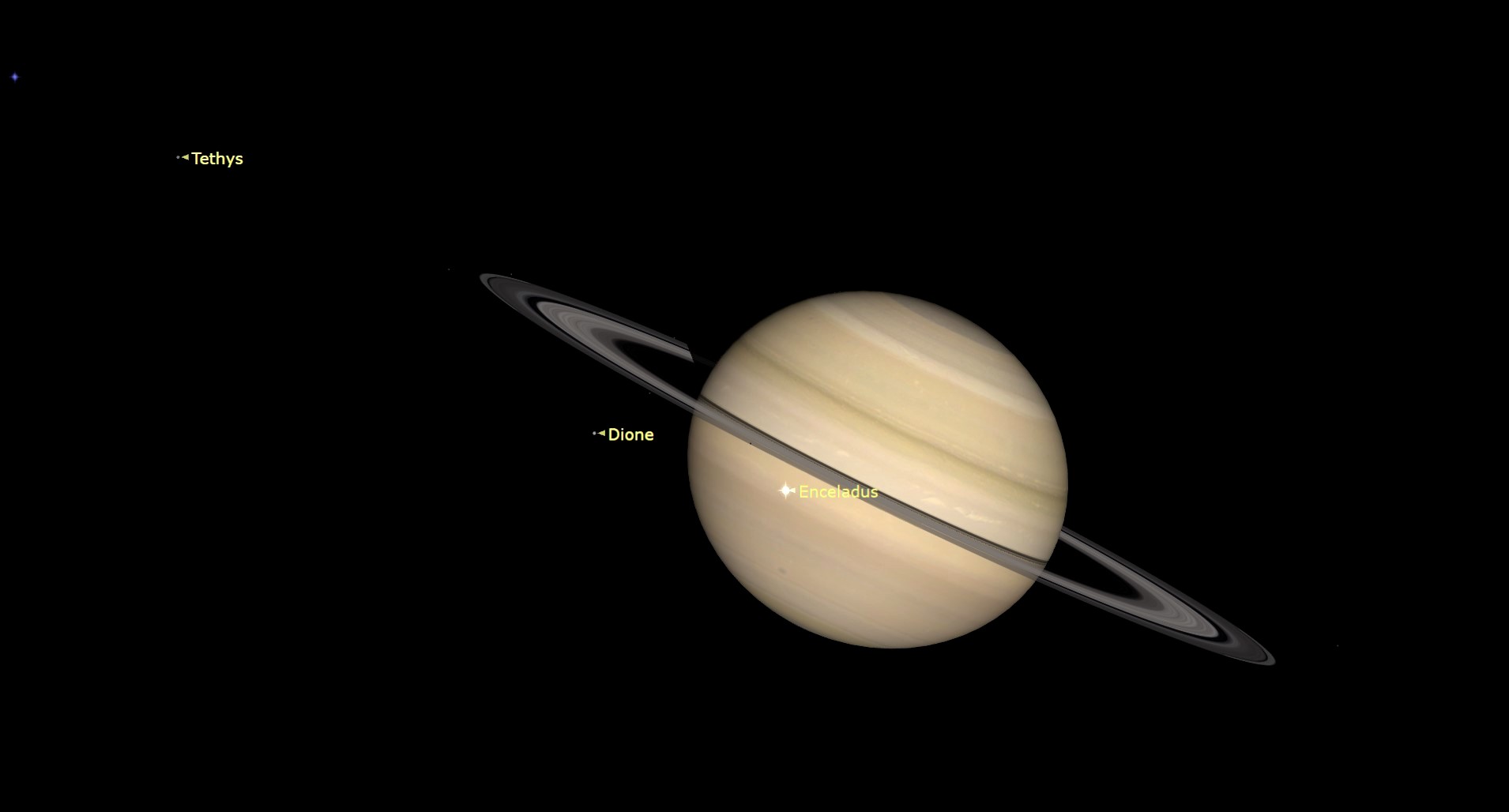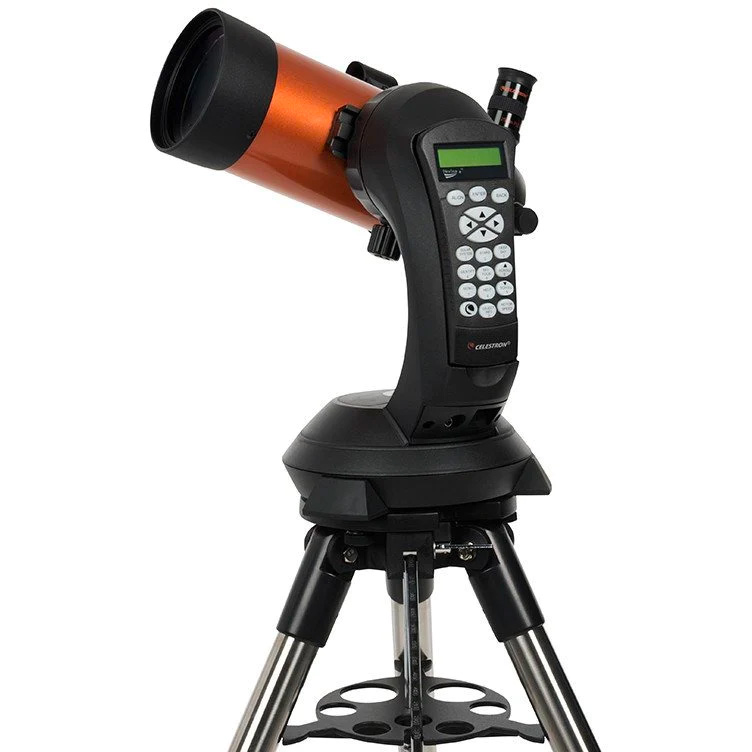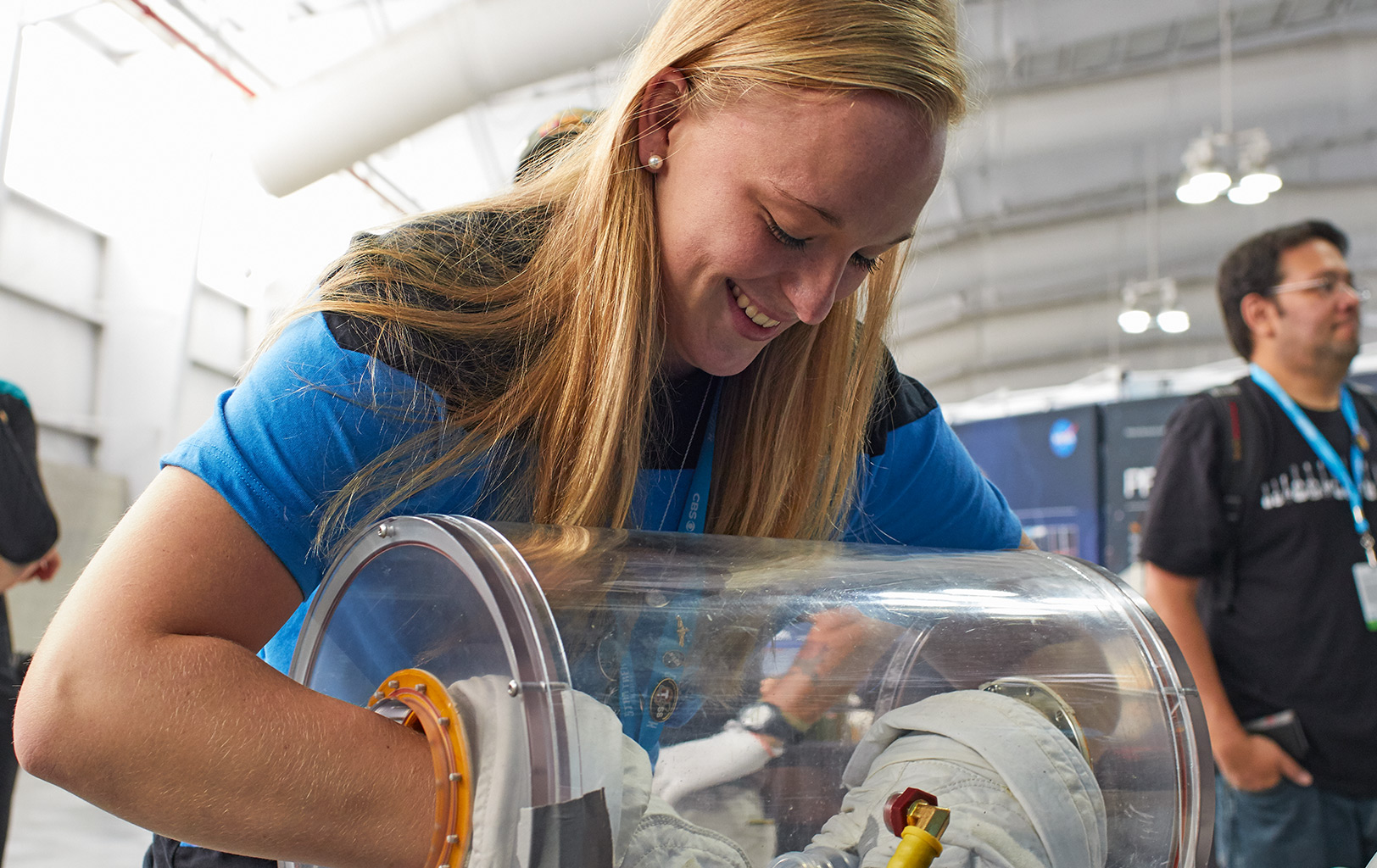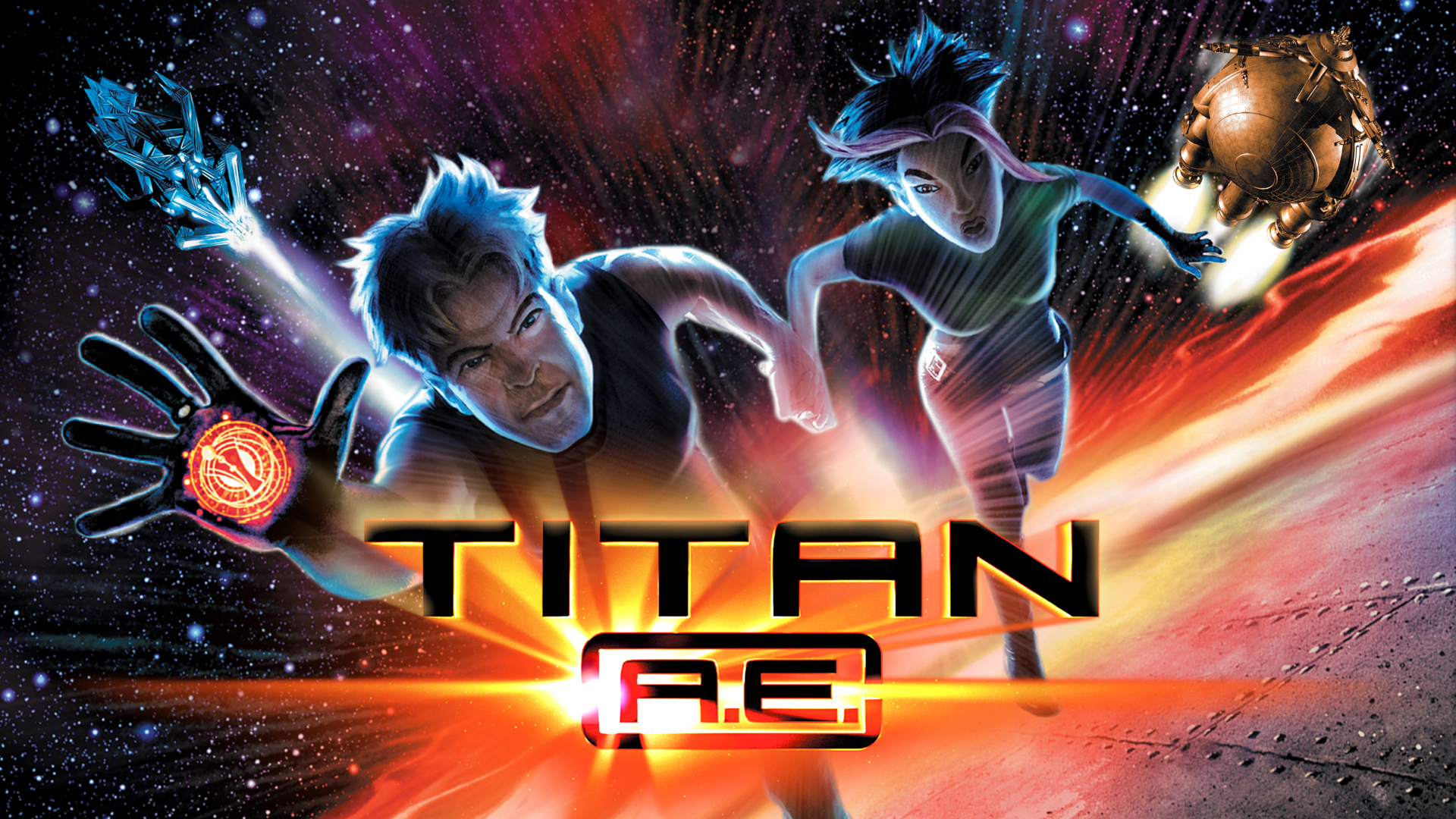See the moon cozy up to Saturn during 'conjunction' Dec. 8
Saturn will sidle up to the moon this weekend, as the pair make a close approach of each other in the cold night sky.

Saturn will cozy up next to the moon today (Dec. 8), as the pair make a close approach of each other in the cold night sky.
This event, known as a conjunction, occurs when two celestial objects share the same right ascension — the astronomical equivalent of longitude — and appear close together in the night sky when viewed from Earth. The half moon will pass only 18 arcminutes to the north of Saturn today, officially reaching conjunction at 3:55 a.m. EST (0855 GMT), according to In-the-Sky.org.
For viewers in the United States, the moon and Saturn will be visible in the evening sky beginning at 5:02 p.m. EST (2202 GMT), shortly after sunset. The pair will then rise to their highest point in the night sky at 5:39 p.m. EST (2239 GMT) and remain visible until around 10:04 p.m. EST (0304 GMT on Dec. 9), when both the moon and planet will dip below the horizon. Therefore, the best time to observe the pair will be within two to three hours after sunset.

Want to see Jupiter up close? The Celestron NexStar 4SE is ideal for beginners wanting quality, reliable and quick views of celestial objects. For a more in-depth look at our Celestron NexStar 4SE review.
During the close approach and conjunction of the moon and Saturn, the pair will be in the Aquarius constellation. The moon will shine with a magnitude of -11.9 and Saturn will have a magnitude of 0.8. (Negative numbers indicate brighter objects on astronomers' magnitude scale.) While the pair will be visible to the naked eye or through a pair of binoculars, they will also be close enough to fit within the field of view of a telescope, which will reveal Saturn’s bright disk and rings.
Related: The brightest planets in December's night sky
Viewers in the western Pacific Ocean, including areas of eastern Indonesia, Japan, eastern Philippines and northwestern Papua New Guinea, will also be treated to what is known as a lunar occultation of Saturn. This occurs when the moon appears to pass in front of another object (in this case, Saturn) when viewed from Earth.
As a result, observers in these areas will see the moon partially obscure Saturn as it passes near the ringed planet during conjunction. The lunar occultation is not more widely visible due to the moon’s close proximity to Earth, which causes a slight variation in how the moon is positioned in the sky and viewed across the globe, according to In-the-Sky.org.
Get the Space.com Newsletter
Breaking space news, the latest updates on rocket launches, skywatching events and more!
During conjunction of the moon and Saturn, Venus also shines brightly in the night sky, following a recent close approach of the moon earlier this week, on Dec. 4.
If you're looking for binoculars or a telescope to observe the moon and Saturn, our guides for the best binoculars and the best telescopes have options that can help. Be sure to also check out our guides for tips on how to photograph the planets or photograph the moon during this weekend’s conjunction.
Editor's Note: If you snap a good photo of the celestial pair during conjunction and would like to share it with Space.com's readers, send your photo(s), comments, and your name and location to spacephotos@space.com.
Join our Space Forums to keep talking space on the latest missions, night sky and more! And if you have a news tip, correction or comment, let us know at: community@space.com.

Samantha Mathewson joined Space.com as an intern in the summer of 2016. She received a B.A. in Journalism and Environmental Science at the University of New Haven, in Connecticut. Previously, her work has been published in Nature World News. When not writing or reading about science, Samantha enjoys traveling to new places and taking photos! You can follow her on Twitter @Sam_Ashley13.
